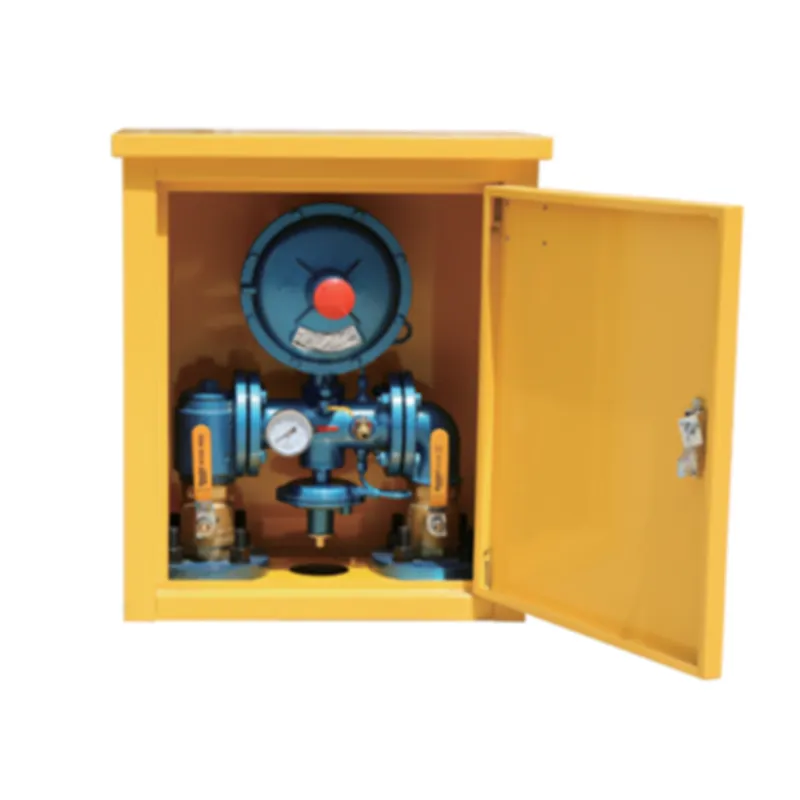
Oct . 14, 2024 22:26
Back to list
Understanding the Function and Importance of Relief Valves in Safety Systems
Understanding Relief Valves An Essential Safety Device in Industrial Applications
Relief valves are critical components in various industrial systems, designed to protect equipment from overpressure conditions. Their primary function is to prevent potential damage by releasing excess pressure from a vessel or pipe. In essence, relief valves act as a safety net, ensuring that systems operate within safe pressure limits.
The Importance of Relief Valves
In industrial settings, pressure vessels and pipelines must maintain specific pressure levels to function correctly. If the pressure exceeds the designated limits, it can lead to catastrophic failures. This is where relief valves come into play. By automatically venting excess pressure, they help maintain operational safety and prevent equipment damage.
Relief valves are commonly used in various industries, including oil and gas, pharmaceuticals, chemical manufacturing, and food processing. Each application has its specific requirements, making it essential for engineers to select the right type of relief valve for their systems.
Types of Relief Valves
There are several types of relief valves, each designed for particular applications
. The most common types include1. Spring-loaded Relief Valves These valves use a spring mechanism to balance the pressure inside the vessel. When the internal pressure exceeds the spring's force, the valve opens, allowing excess pressure to escape.
2. Pilot-operated Relief Valves These valves are more complex, utilizing a pilot system to control the main valve's operation. They are often employed in high-pressure applications and can maintain a more stable opening pressure.
3. Weight-loaded Relief Valves Also known as pressure safety valves, these rely on weights or masses to exert force, which can be adjusted to achieve desired pressure settings. They are mostly used in steam applications.
relief valves

Working Principle of Relief Valves
The operation of a relief valve begins with monitoring the pressure within a system. When the pressure reaches a preset level, the valve activates. In spring-loaded relief valves, the spring is compressed until the force exceeds the internal pressure, causing the valve to open. This opening allows fluid or gas to escape, reducing the pressure inside the system to a safe level.
Once the pressure drops to a certain point, the valve closes automatically, preventing further loss of product and restoring system operation. This cycle can occur multiple times, depending on the pressure fluctuations in the system.
Applications and Industries
Relief valves are ubiquitous in many industries. In the oil and gas sector, they are crucial for preventing blowouts in drilling operations. In chemical plants, they protect reaction vessels from overpressure that could lead to explosions or hazardous leaks. Moreover, in the pharmaceutical industry, maintaining sterile conditions while ensuring safe pressure levels is vital, making relief valves essential for compliance and safety.
Maintenance and Inspection
Regular maintenance and inspection of relief valves are critical to ensure their reliability. Over time, factors such as corrosion, wear, and sediment build-up can affect the performance of these valves. Routine testing and servicing are necessary to confirm that the valves open and close at the correct pressures and that there are no leaks. Following manufacturer guidelines and industry standards is vital for maintaining valve integrity.
Conclusion
In conclusion, relief valves are indispensable for maintaining the safety and efficiency of various industrial operations. Understanding their types, functions, and applications can help engineers and operators make informed decisions when selecting and maintaining these crucial safety devices. With proper attention to their operation and upkeep, relief valves play a pivotal role in preventing accidents and ensuring the continuous and safe operation of industrial systems.
Next:
Latest news
-
Safety Valve Spring-Loaded Design Overpressure ProtectionNewsJul.25,2025
-
Precision Voltage Regulator AC5 Accuracy Grade PerformanceNewsJul.25,2025
-
Natural Gas Pressure Regulating Skid Industrial Pipeline ApplicationsNewsJul.25,2025
-
Natural Gas Filter Stainless Steel Mesh Element DesignNewsJul.25,2025
-
Gas Pressure Regulator Valve Direct-Acting Spring-Loaded DesignNewsJul.25,2025
-
Decompression Equipment Multi-Stage Heat Exchange System DesignNewsJul.25,2025

